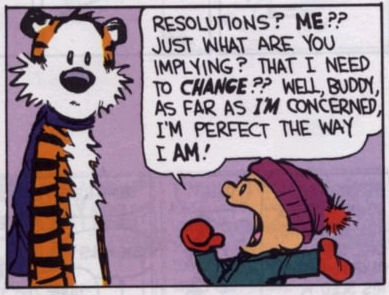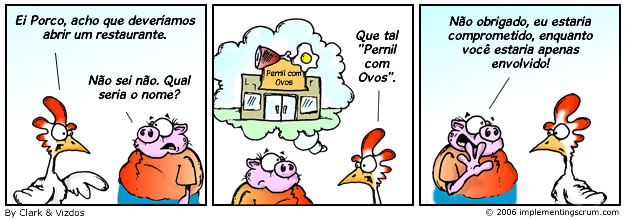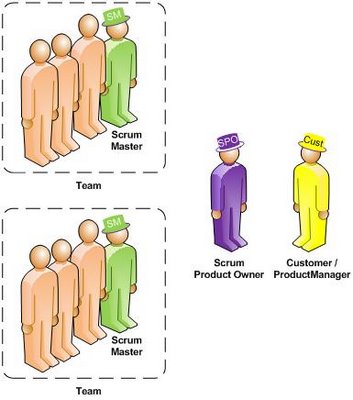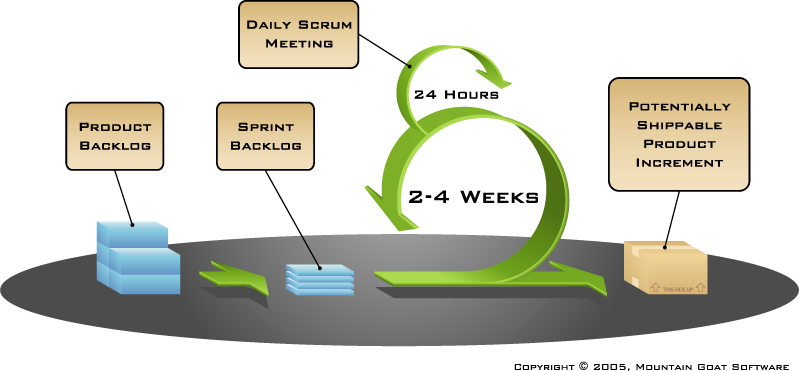Introduction to Scrum

These notes were extracted from several sources on the web. They contain bits of copyrighted materials collected here for classroom use under the "fair use" doctrine. They are not to be published or otherwise reproduced, and must be maintained under password protection. They are only an outline, not intended to be a complete reference. For more detail, follow the links to other sources on the Web. A good starting point is the Wikipedia article, second in the list of references at the end of this file.
The scrum image is from en.wikipedia.org.
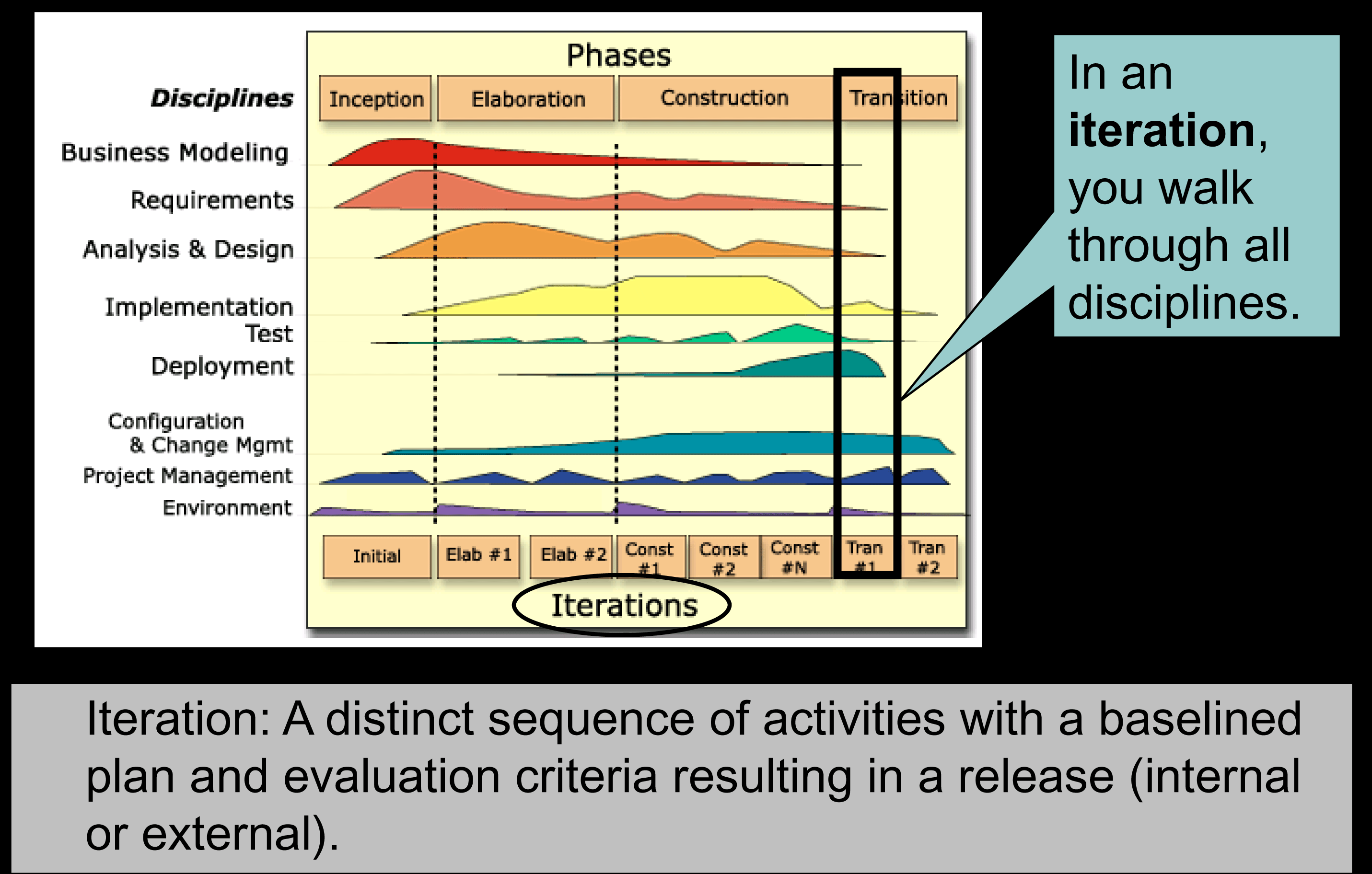

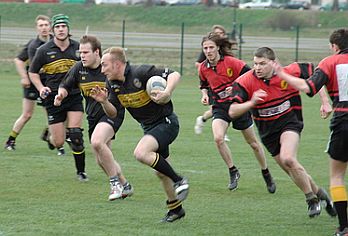
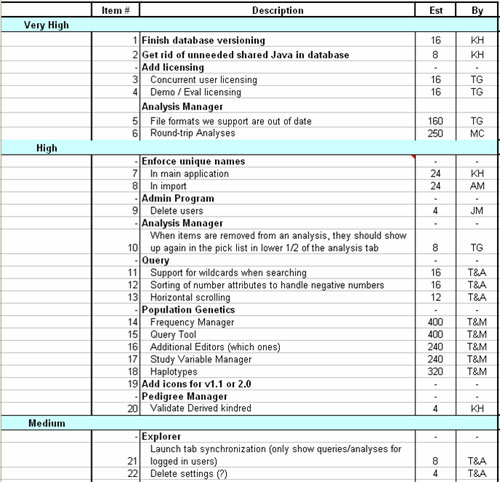
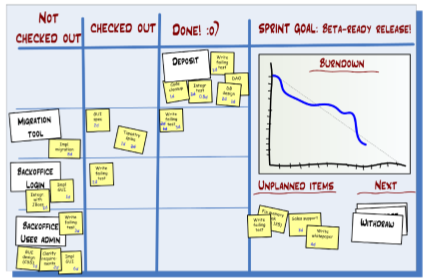
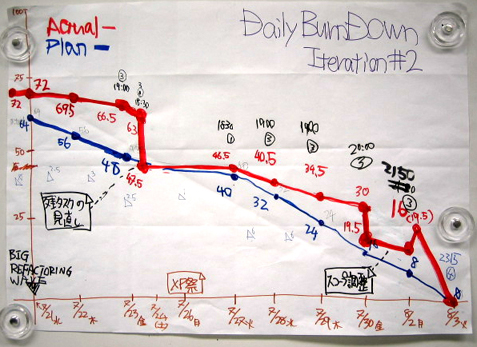
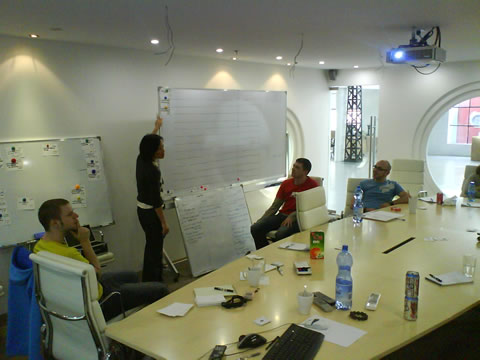
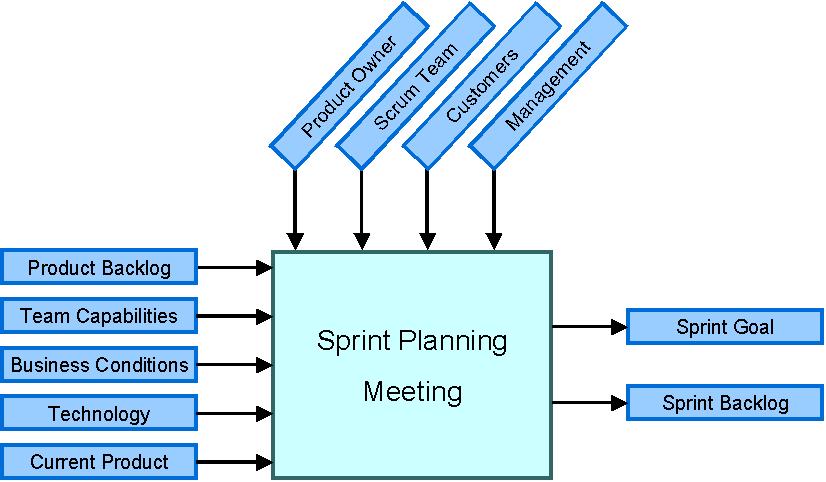
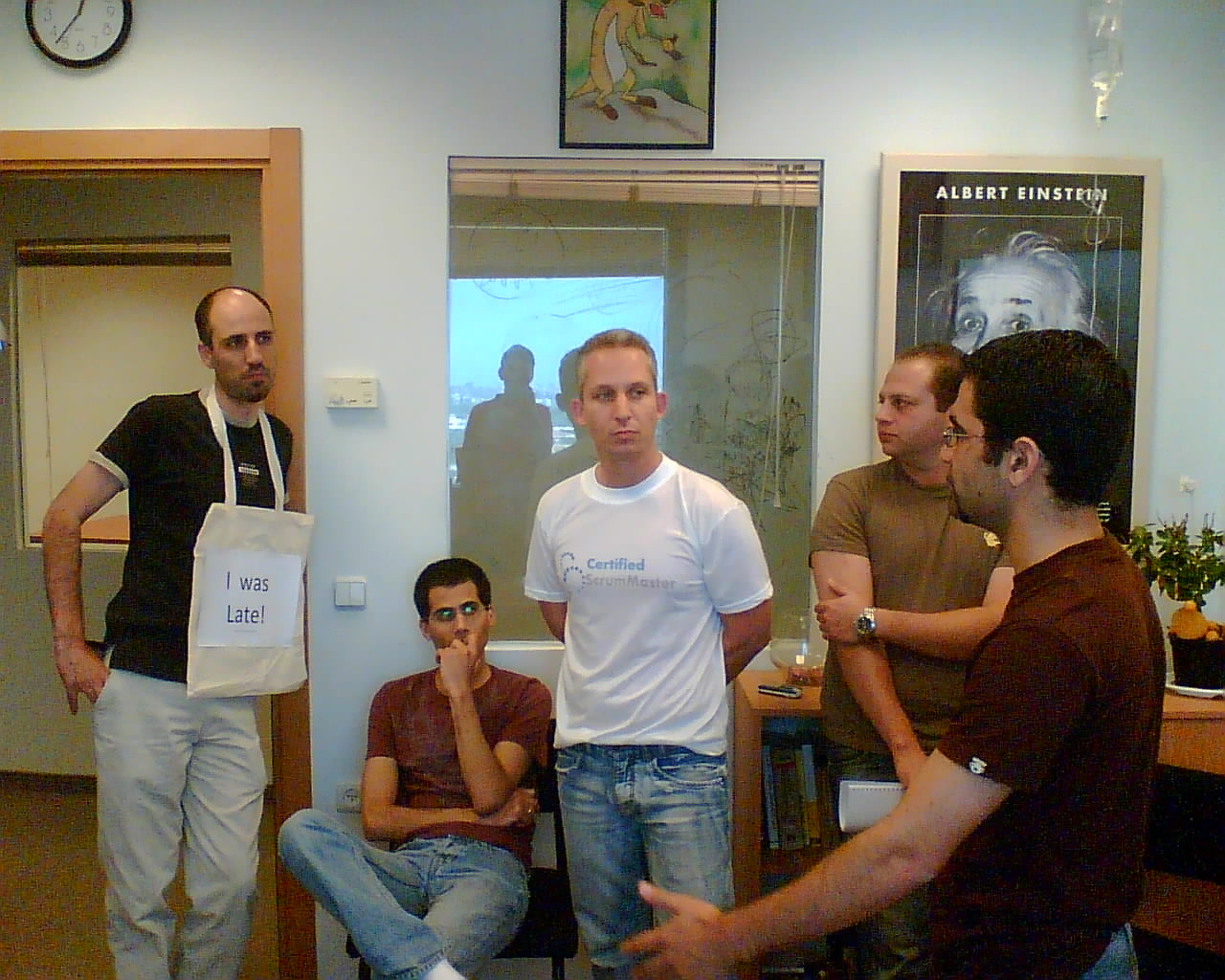 Team decides punishments for tardiness (.e.g, money, push-ups, hanging rubber
chicken around neck)
Team decides punishments for tardiness (.e.g, money, push-ups, hanging rubber
chicken around neck)

